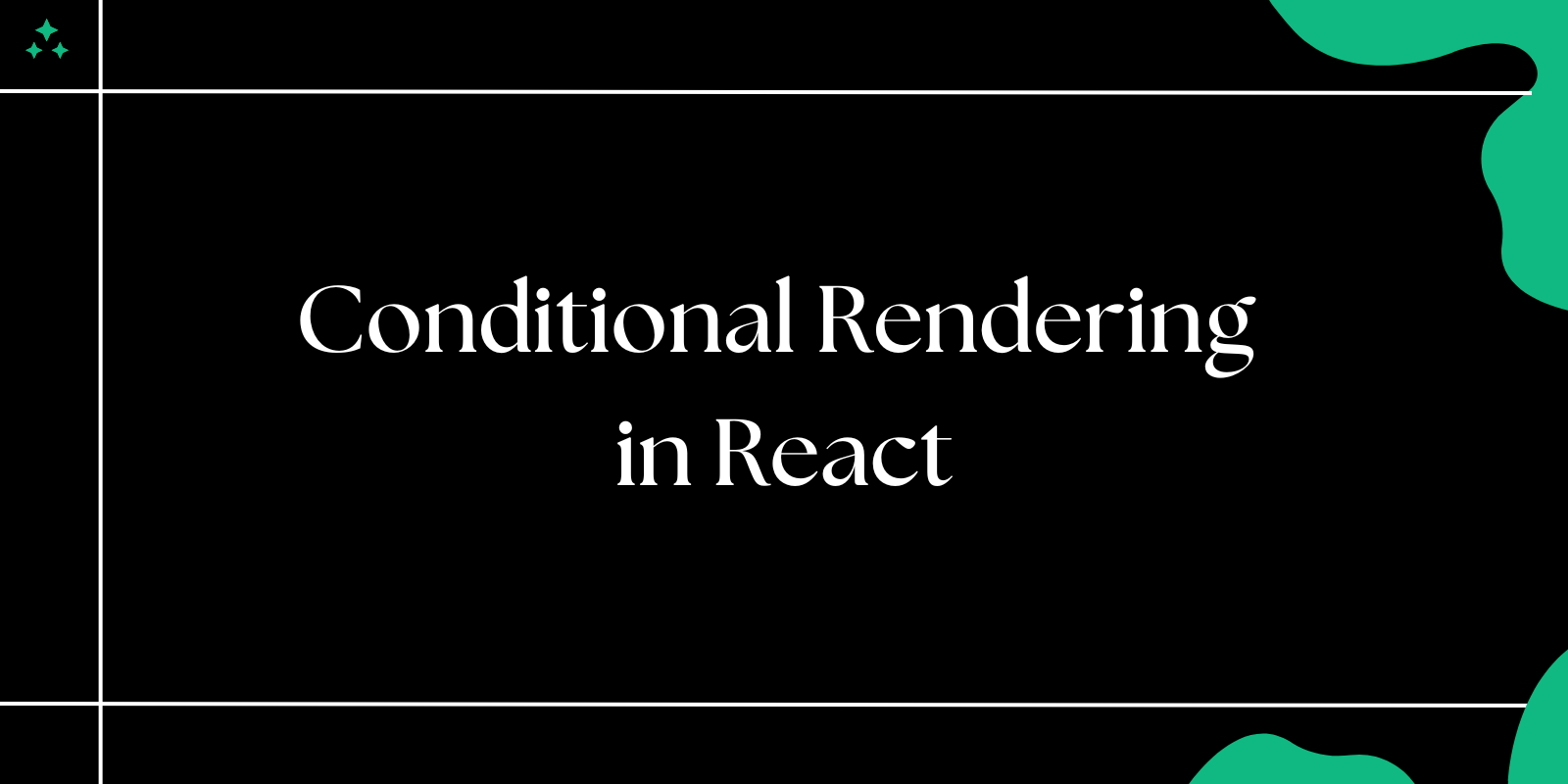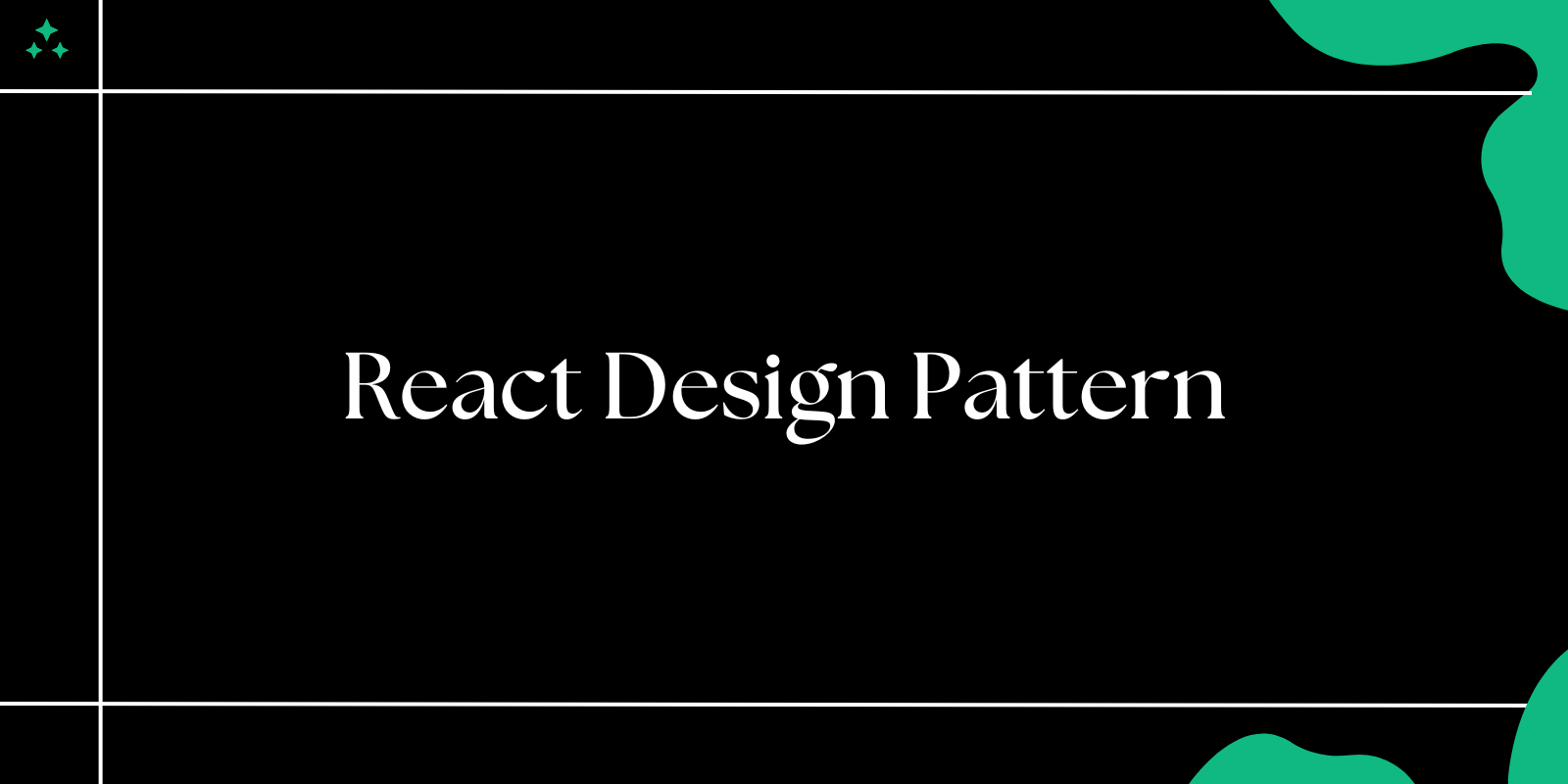Despite the rise of modern JavaScript frameworks like React, Vue.js, and Angular, jQuery remains one of the most widely used JavaScript libraries for DOM manipulation and event handling. The simplicity and flexibility of jQuery make it an excellent choice for enhancing web functionality, especially for smaller projects or legacy applications.
In 2025, jQuery is still going strong with a variety of plugins that can boost your website’s performance, user experience, and interactivity. In this blog, we’ll cover some of the best jQuery plugins you should be using in 2025 to improve your web development workflow.
Why Use jQuery Plugins in 2025?
Despite the prevalence of modern JavaScript frameworks, jQuery and its plugins still offer several advantages:
- Simplicity: jQuery provides easy-to-use methods for manipulating the DOM and handling events.
- Wide Compatibility: Works across all major browsers, including legacy versions.
- Extensive Ecosystem: A vast library of pre-built plugins for virtually every use case.
- Faster Development: Helps developers quickly add complex functionality without reinventing the wheel.
Now, let’s take a look at some essential jQuery plugins you should consider using in 2025.
1. Slick Slider
Slick Slider is one of the most popular and powerful jQuery plugins for creating responsive, mobile-friendly carousels and sliders. With its wide range of options, including lazy loading, infinite scroll, and autoplay, Slick Slider remains a top choice for adding smooth and customizable image galleries or content sliders to your website.
Features:
- Infinite loop scrolling
- Lazy loading of images
- Responsive design with touch/swipe support
- Customizable controls and navigation
Example Usage:
<div class="your-class">
<div><img src="image1.jpg"></div>
<div><img src="image2.jpg"></div>
<div><img src="image3.jpg"></div>
</div>
<script>
$('.your-class').slick({
infinite: true,
slidesToShow: 3,
slidesToScroll: 1
});
</script>
2. Select2
Select2 is a jQuery-based plugin for enhancing HTML select boxes. It replaces standard dropdown menus with more user-friendly and feature-rich select elements, supporting multi-select, tagging, and remote data fetching.
Features:
- Searchable dropdowns
- Multi-select and tagging support
- Customizable themes and templates
- AJAX-based remote data loading
Example Usage:
<select id="mySelect" style="width: 200px;">
<option value="AL">Alabama</option>
<option value="AK">Alaska</option>
<option value="AZ">Arizona</option>
</select>
<script>
$('#mySelect').select2();
</script>
3. jQuery Validation
jQuery Validation is an essential plugin for client-side form validation. It helps ensure that users provide the correct information before submitting forms, reducing errors and improving the overall user experience.
Features:
- Customizable validation rules
- Error message placement
- Support for Ajax-based form submissions
- Easy to implement on any form
Example Usage:
<form id="myForm">
<input type="text" name="name" required>
<input type="email" name="email" required>
<button type="submit">Submit</button>
</form>
<script>
$('#myForm').validate();
</script>
4. Waypoints
Waypoints is a simple and powerful jQuery plugin for executing functions when an element scrolls into view. This is particularly useful for implementing features like infinite scrolling, animations, and lazy loading.
Features:
- Trigger functions on scroll events
- Easy to implement with any element
- Supports both vertical and horizontal scrolling
- Great for animations or loading data dynamically
Example Usage:
<div class="my-element">Content here...</div>
<script>
$('.my-element').waypoint(function() {
alert('Element is in view!');
}, { offset: '50%' });
</script>
5. Isotope
Isotope is a jQuery plugin that allows you to create filterable and sortable layouts. It’s particularly useful for building portfolio pages, product galleries, or blog archives where you want to allow users to filter content by categories or tags.
Features:
- Grid-based layouts
- Filters by categories, tags, or custom criteria
- Dynamic reordering of items
- Supports animations and transitions
Example Usage:
<div id="portfolio">
<div class="item category-a">Item 1</div>
<div class="item category-b">Item 2</div>
<div class="item category-a">Item 3</div>
</div>
<script>
var $grid = $('#portfolio').isotope({
itemSelector: '.item',
layoutMode: 'fitRows'
});
// Filter items on button click
$('.filters').on('click', 'button', function() {
var filterValue = $(this).attr('data-filter');
$grid.isotope({ filter: filterValue });
});
</script>
6. jQuery UI
jQuery UI is a collection of interactions, effects, widgets, and themes built on top of jQuery. It provides a comprehensive suite of tools for creating interactive UI elements, including accordions, date pickers, sliders, and more.
Features:
- Drag and drop functionality
- Date picker and autocomplete widgets
- Resizable and sortable elements
- Easy-to-use effects and animations
Example Usage:
<div id="datepicker"></div>
<script>
$( "#datepicker" ).datepicker();
</script>
7. AOS (Animate on Scroll)
AOS is a lightweight library that allows you to animate elements when they scroll into view. It’s great for adding scroll-based animations to elements as they enter the viewport, creating an engaging, dynamic experience for users.
Features:
- Simple to implement with data attributes
- A wide range of animations
- Supports easing and delays
- Fully responsive and customizable
Example Usage:
<div data-aos="fade-up">This element will fade in when scrolled into view</div>
<script>
AOS.init();
</script>
8. Chart.js
Chart.js is a powerful, easy-to-use library for creating responsive, animated charts. Although not strictly a jQuery plugin, it integrates seamlessly with jQuery and is widely used to display various types of data visualizations like bar charts, line charts, and pie charts.
Features:
- Responsive and interactive charts
- Wide variety of chart types (line, bar, radar, etc.)
- Animations and transitions
- Simple integration with jQuery
Example Usage:
<canvas id="myChart"></canvas>
<script>
var ctx = document.getElementById('myChart').getContext('2d');
var myChart = new Chart(ctx, {
type: 'bar',
data: {
labels: ['Red', 'Blue', 'Yellow', 'Green', 'Purple'],
datasets: [{
label: '# of Votes',
data: [12, 19, 3, 5, 2],
backgroundColor: ['red', 'blue', 'yellow', 'green', 'purple'],
}]
}
});
</script>
Conclusion
jQuery plugins continue to be a valuable tool for web developers in 2025. From enhancing user interfaces to simplifying complex interactions, the plugins listed above can help you build faster, more engaging websites.
Whether you’re working with legacy systems or prefer jQuery for certain tasks, these plugins offer the functionality you need to streamline your development process.



